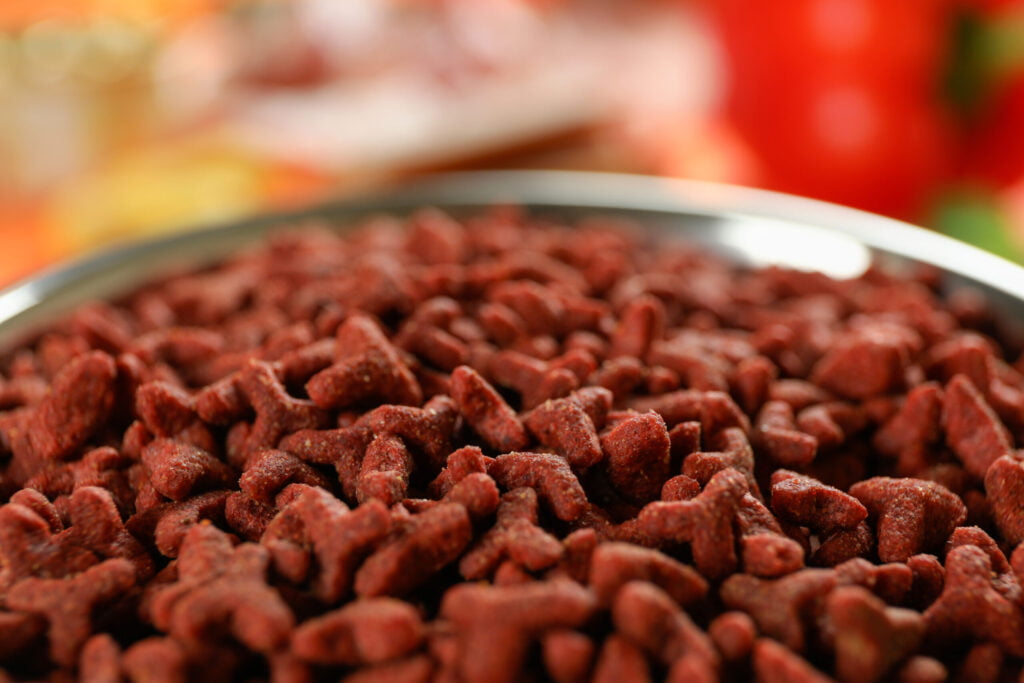Choosing the right food for your dog is crucial to its overall health and well-being. With so many options available in the market, it can be overwhelming to determine what’s best for your furry friend. It’s important to consider your dog’s individual needs and lifestyle when selecting its diet. One helpful resource is katherineheigldogfood.com, offering the highest-quality dog food on the market. In this article, we’ll delve into the basics of dog nutrition and provide tips on how to choose the right food for your pet.
Understanding Dog Nutrition
Dogs require a balanced diet that includes a variety of nutrients to maintain their health. The three essential nutrients that make up a complete diet for dogs are protein, carbohydrates, and fat. Protein is essential for building and repairing muscles and tissues, carbohydrates provide energy, and fat provides insulation and helps regulate body temperature.
It’s important to note that not all dogs require the same amount of each nutrient. Factors such as age, breed, activity level, and health conditions can all impact a dog’s nutritional needs. For example, a puppy requires more protein and fat than an adult dog, while an older dog may need fewer calories to maintain a healthy weight.
Reading Dog Food Labels

When selecting a dog food, it’s essential to read the label carefully to understand what nutrients it contains. The first ingredient listed should be a high-quality protein source such as chicken, beef, or fish. Avoid dog foods that list corn or wheat as the first ingredient, as these are fillers and do not provide the necessary nutrients for your pet.
Additionally, look for dog foods that contain a balance of protein, carbohydrates, and fat. It’s also important to ensure that the dog food meets the standards set by the Association of American Feed Control Officials (AAFCO), which provides guidelines for pet food manufacturers.
Types of Dog Food
There are several types of dog food available in the market, including dry kibble, wet food, raw food, and homemade food. Dry kibble is the most popular and convenient type of dog food, as it’s easy to store and has a long shelf life. Wet food is more expensive and has a higher moisture content, making it a good option for dogs who need to stay hydrated. Raw food is gaining popularity as a natural and nutrient-dense option, but it requires careful handling to avoid the risk of bacterial contamination. Homemade food is an option for pet owners who prefer to have complete control over their dog’s diet, but it requires careful planning and preparation to ensure that all necessary nutrients are included.
Selecting the Right Dog Food

When selecting the right food for your dog, it’s important to consider their individual needs and preferences. If your dog has specific health conditions such as allergies or sensitivities, consult with your veterinarian to determine the best diet for them. Additionally, take into account your dog’s activity level, age, and breed to determine the appropriate amount of nutrients they require.
It’s also important to introduce new dog food gradually, as sudden changes can upset your pet’s digestive system. Start by mixing a small amount of the new food with their current food and gradually increase the ratio over a few days. This will allow your dog’s digestive system to adjust to the new food and minimize any discomfort.
Overall, choosing the right food for your dog is a crucial aspect of pet ownership. With so many options available, it can be overwhelming to determine what’s best for your furry friend. By understanding the basics of dog nutrition and considering your dog’s individual needs and preferences, you can select a diet that will help them maintain their health and vitality.
























